While one could get engrossed by creating services, templates, and binding data while working with Angular, there is a silent journey that every component necessarily takes from birth to death. This journey is known as the component lifecycle, and it is the backbone of Angular’s ability to offer users interfaces that are dynamic and efficient. In order for a developer to take control of crucial points in this lifecycle, Angular provides lifecycle hooks as special methods that are invoked at defined moments in the lifetime of a component. You would require them to initialize data, observe changes, and release resources before the destruction of a component.
In this guide, I will walk you through each Angular Lifecycle Hook — what it does, when it’s triggered, and how it fits into your component’s overall lifecycle.
What are Angular Lifecycle Hooks?
Every component in Angular undergoes a series of distinct events, in this order: creation, rendering to display updates, and final destruction. Angular lifecycle hooks are special methods that enable developers to code at some fixed times during the lifecycle process. They reside under the @angular/core package of Angular and are to be implemented by your component class so that they can be used.
These hooks will lessen the workaround for finding components in component logic management. Still, they also provide better predictability in applications with very complicated data flows and dynamic views. For instance, when new input values from the parent component come to you, Angular lets you respond immediately. If you receive a third-party JavaScript library dependent on certain DOM elements being present, this is just the type of time to use a post-view-init hook to initialize.
Through the judicious use of lifecycle hooks, you will gain precise control over your components’ behavior, increasing their performance, maintainability, and scalability.
Detailed key Lifecycle Hooks
1. ngOnChanges(changes: SimpleChanges)
The ngOnChanges() hook is invoked whenever any property marked with the @Input() decorator changes in the component. It takes as an argument an object of the SimpleChanges type that contains metadata about the changes made, namely current and previous values and whether this is the first change.
This is especially helpful when your component depends on changing inputs from a parent component; rather than monitoring for changes, Angular wakes you up by calling this lifecycle event so you can react properly.
For example, you might have a component that displays user details based on a user ID passed from the parent component, and, when the user ID changes, then you have to use a fresh method for the new user information.
@Input() userId: string;
ngOnChanges(changes: SimpleChanges) {
if (changes['userId']) {
const newUserId = changes['userId'].currentValue;
this.fetchUserDetails(newUserId);
}
}This hook is commonly utilized alongside ngOnInit to manage initial input values and subsequent changes.
2. ngOnInit()
ngOnInit() method works exactly only after the input of the component is set for the first time. This is the right spot to do any initialisation logic that depends on those inputs, and make any setup for services, subscriptions, or internal state variables.
Think of this as your component’s setup. Now is the perfect time to fetch data from a starting timer and register an event list.
Why not use the constructor? Constructors involve setting up simple dependency injections and initializing non-Angular logic. Still, if you want access to @Input() properties, or if you want to have a hard time safely accessing services that need those values, then your answer is ngOnInit().
ngOnInit() {
this.fetchDataFromService();
this.initTimer();
}
You can use this hook to initialize long-lived tasks safely because this hook runs only once.
3. ngDoCheck()
It’s powerful, but sadly, it’s also one of the most misused hooks in the lifecycle. It is used during every change detection so that you can implement your logic for change detection.
However, this is useful for those exceptional cases where the default change detection of Angular doesn’t detect what you want, for example, when changes to complex data structures aren’t detected (such as arrays or nested objects) as expected. In these cases, ngDoCheck() comes into play to manually check previous and current values.
ngDoCheck() {
if (this.previousLength !== this.items.length) {
console.log('List length changed');
this.previousLength = this.items.length;
}
}Since this hook fires quite frequently, you should avoid heavy computation or asynchronous operations inside it. Instead, it can be used to monitor and conditionally trigger logic.
4. ngAfterContentInit() and ngAfterContentChecked()
These two hook methods are concerned with projected content when content is being passed from parent to child using <ng-content>
ngAfterContentInit(): It is called when the specific component receives the projected content.ngAfterContentChecked(): It is needed after every check of the content projected in the previous step.
They are tremendously useful when your component wraps external content (like creating custom modal or wrapper types), and you need to work on or validate that content after rendering.
ngAfterContentInit() {
console.log('Projected content initialised');
}These hooks are probably not used within the basic components, but they become paramount in design for dynamic or reusable components.
5. ngAfterViewInit() and ngAfterViewChecked()
These types of hooks would be related to the view template of the component and its children.
ngAfterViewInit()will be called after the view of the component (and fully initialized its child views) and all changes have been applied.ngAfterViewChecked()After every change detection check (irrespective of whether the view has changed).
After rendering, these hooks become essential when performing actions on the DOM or child components. It often deals with DOM manipulations, running animations, or using third-party libraries that need full view rendering, like charts or sliders.
@ViewChild('inputField') input: ElementRef;
ngAfterViewInit() {
this.input.nativeElement.focus();
}
Do not perform heavy processing in ngAfterViewChecked(), as this runs quite often and could lead to performance degradation.
6. ngOnDestroy()
That destructor is called right before Angular destroys the component or directive. Last chance to clean the garbage; otherwise, you will not have any option but memories will leak.
Any operations initiated in ngOnInit()—subscriptions, intervals, open sockets—should be closed here. Doing otherwise could result in memory leaks and performance problems, especially in large or long-lived applications.
ngOnDestroy() {
this.subscription.unsubscribe();
clearInterval(this.refreshTimer);
}
In addition, if you are using @HostListener for window events or other global listeners, it’s also time to dispose of them.
Why are Lifecycle Hooks important?
Lifecycle hooks depend not only on time but also on structural and reliability. In today’s modern Angular apps, components rely greatly on a highly cohesive yet complex relationship between templates, services, inputs, outputs, and even other libraries. Lifecycle hooks give developers that level of precision as to when their code can run and under what circumstances.
Given the above understanding of hooks, you can:
- Safely ignite values at the Right Moment
- Detect input changes and react accordingly
- Manage Feature Effects that Depend on the DOM Correctly
- Prevent memory leaks through a good teardown process
- Develop more readable, testable, and maintainable code.
Thus, mastering lifecycle hooks allows you to interact with rather than against Angular, resulting in a more robust application architecture.
Best practices for using Lifecycle Hooks
Here are some tips for using lifecycle hooks:
- The right hook for the right job: Don’t use
ngOnInitto initialize data that depends on the DOM; instead, usengAfterViewInit. - Limit logic in frequently used hooks: For instance,
ngDoCheckandngAfterViewCheckedare executed very frequently, so you should not put logic in that is expensive to execute. - Always clean up: If unsure whether you have unsubscribed, it may warrant not clearing resources in
ngOnDestroy, leading to bugs and performance issues. - Development Logging: Use
console.log()for every hook while learning to see how they’re triggered.
Lifecycle Hooks are really useful in that they should be intentionally and sparingly used, not demanding all hooks be implemented by default.
Conclusion
Angular lifecycle hooks provide a great set of tools for controlling the behavior of your components and their interactions with the application. Understanding how and when to use these hooks allows one to write smart, maintainable code.
As a beginner, start with ngOnInit and ngOnDestroy. As an application becomes more complex, advanced hooks such as ngAfterViewInit or ngDoCheck will become employable.
Our Angular enterprise experts specialize in building high-performance Angular applications with clean and scalable architecture. Hire us to take your Angular projects from component design to performance optimisation. Let’s take your next project to the next level.
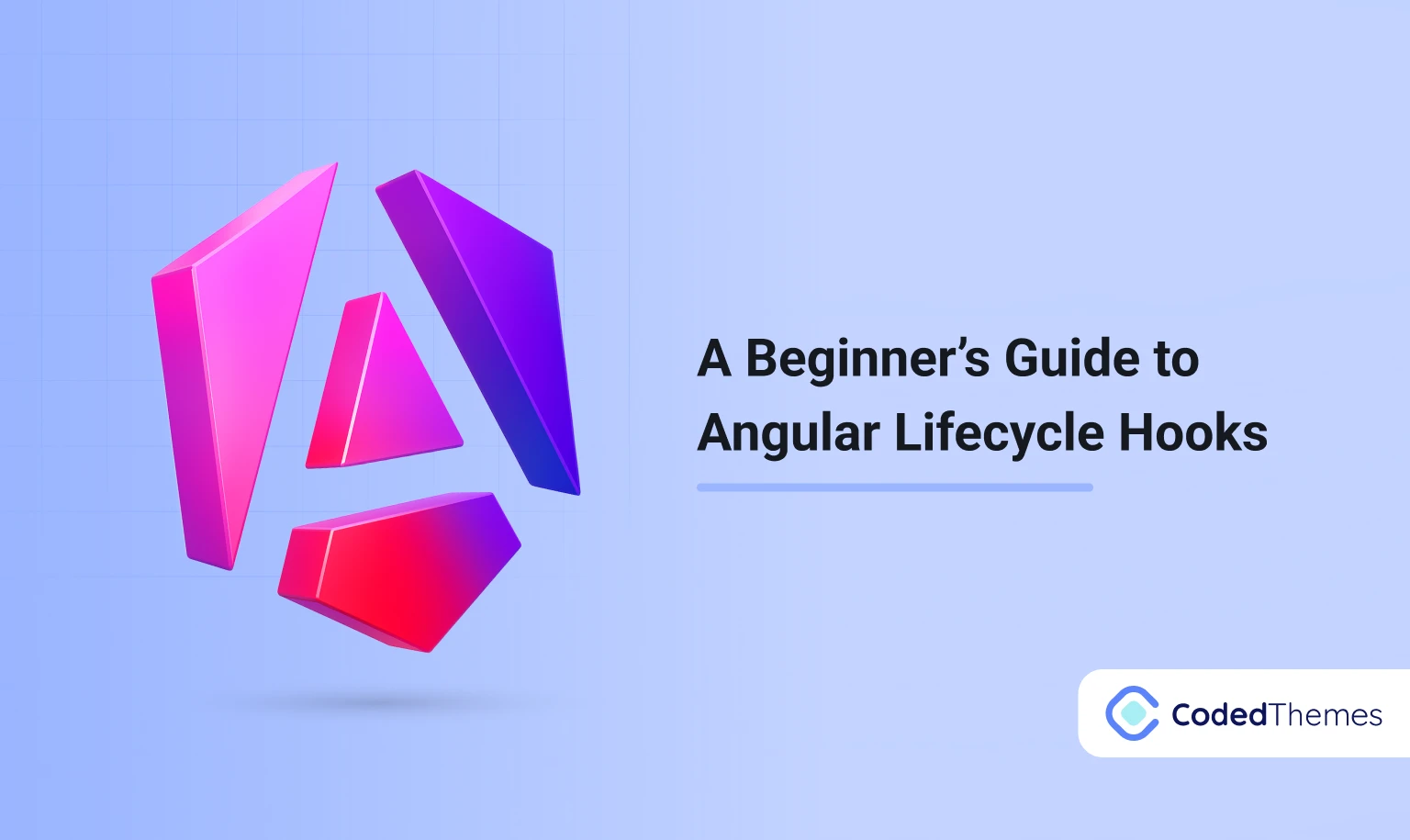

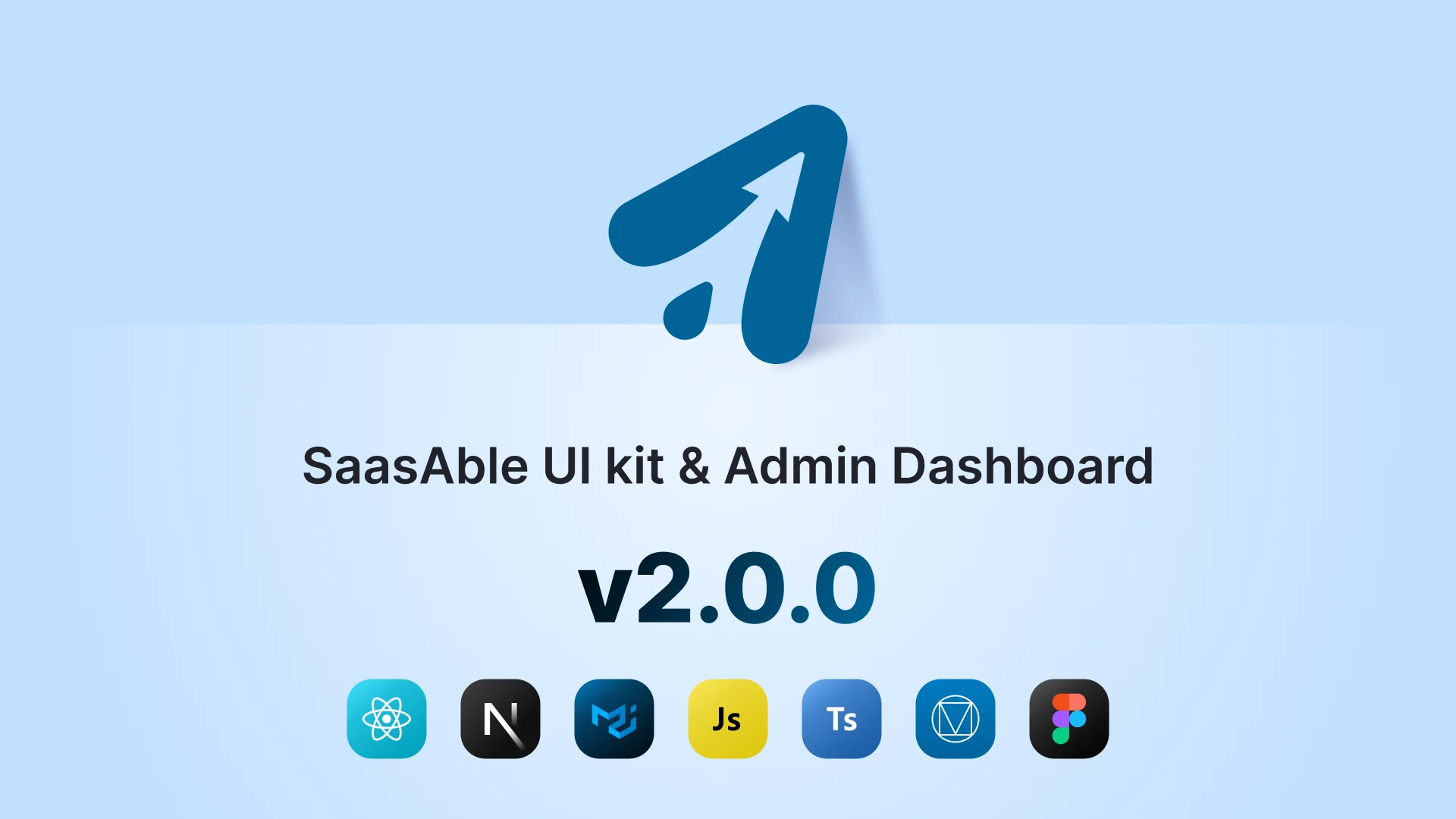
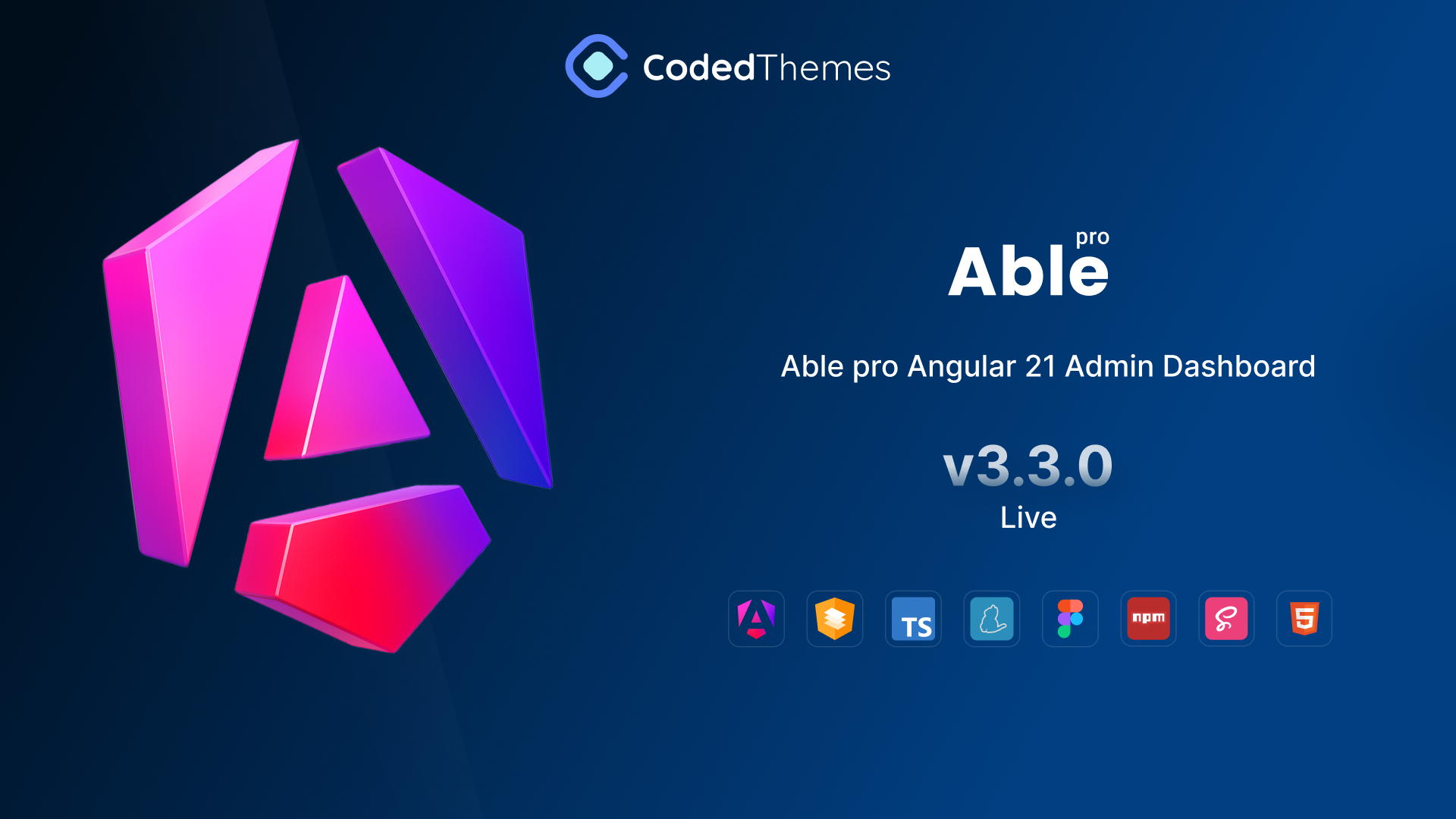

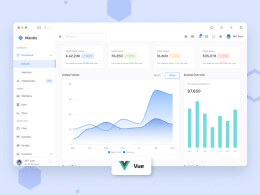
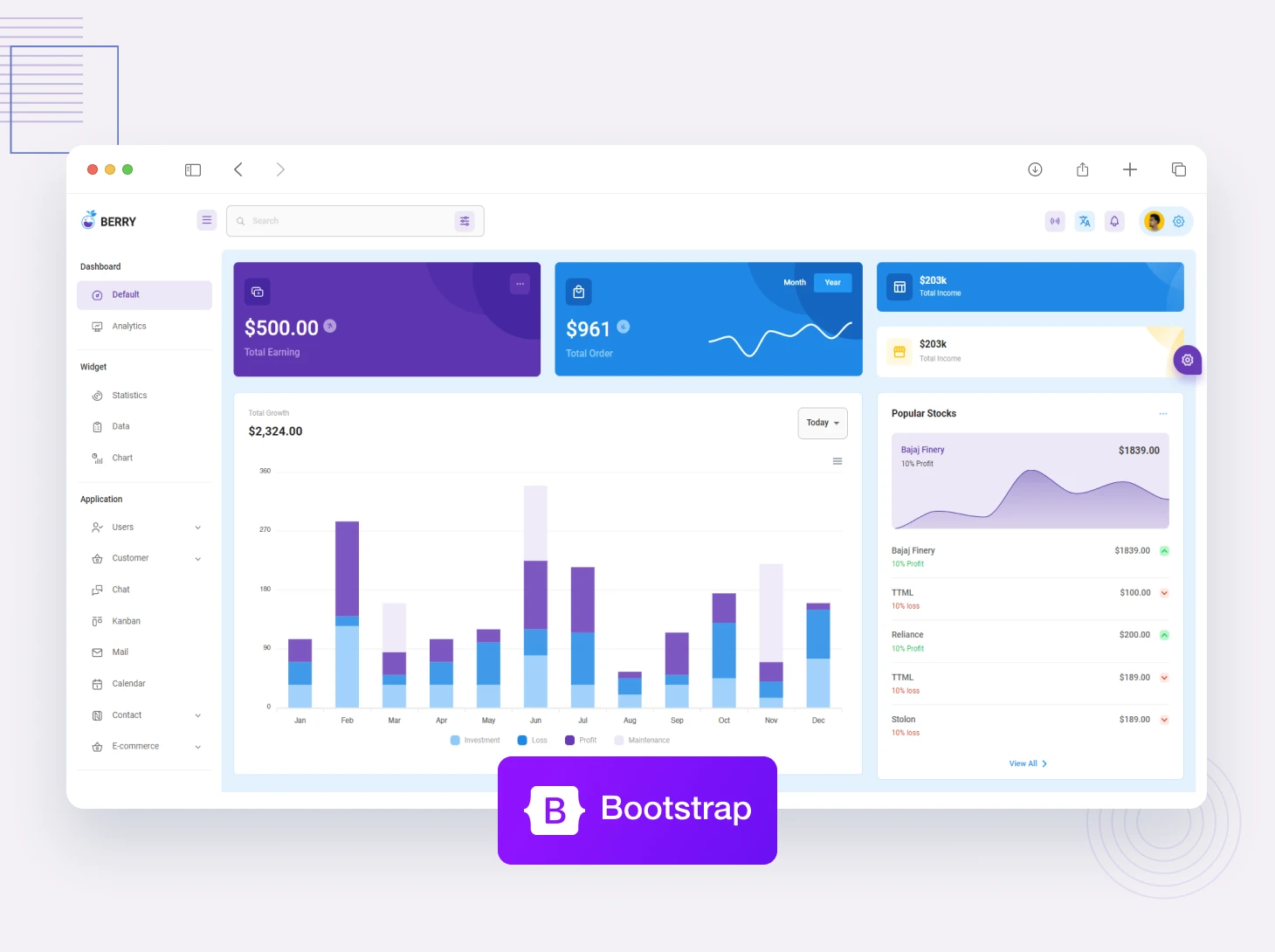



Comments